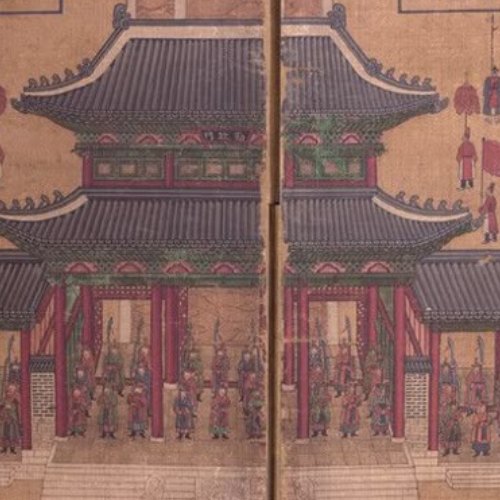
History is who we are and why we are the way we are. If you have been following our articles on the history of Korea, you will already be familiar with the foundational history of the Korean peninsula up to the Goryeo dynasty. Here, we’re going to look into the Daejoseon era (The Joseon Period) that suceeded the Goryeo dynasty and the Daehan Jeguk era (The Korean empire). The great Goryeo dynasty was believed to have fallen after almost 500 years and it gave room to the later Joseon dynasty officially called ‘Great Joseon’
● 대조선국 Daejoseon (The Joseon dynasty)
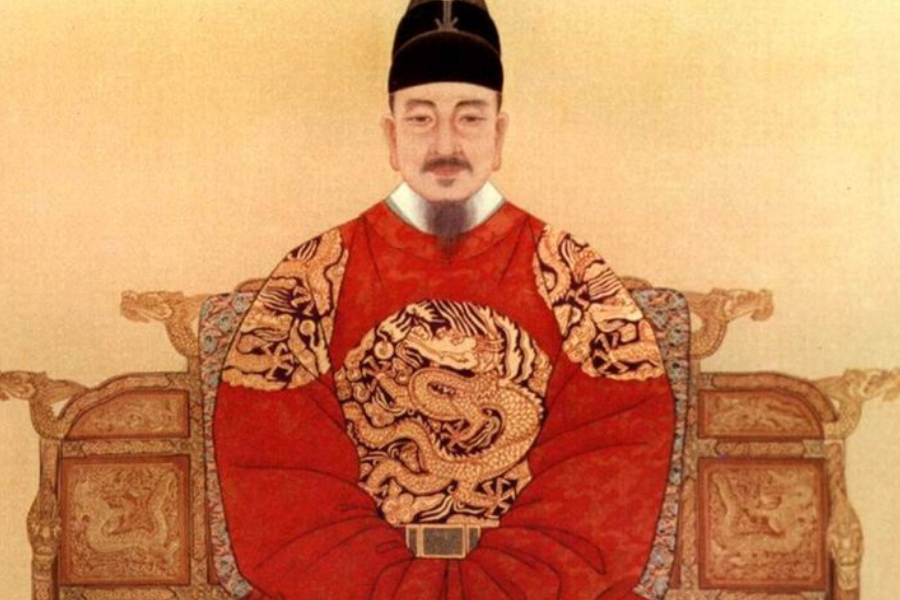
The Joseon dynasty was named as a tribute to the ancient Joseon ‘Gojoseon’ dynasty. After several coups and wars during the Goryeo dynasty, the Joseon dynasty came to last for over 500 years and it achieved different success in different areas during its existence. The Joseon dynasty held a double Capital during different years, the main capital was 한성 (Hanseong) and the temporary capital was Gaegyeong, modern day 개성시 (Kaesong) in North Korea. Unlike the Goryeo dynasty, the Joseon dynasty had an absolute monarchy system of government. They had kings and chief state councilors, the rules and power of the chief state councilors depended on how strong or weak the king’s power was. The Joseon dynasty experienced historical events like the strife of princes that happened between King Taejo of Joseon princes, the Japanese invasion, the first and second Manchurian invasion, the Japan-Korea treaty of 1876, etc. The religion practiced by the Joseon people included a continuation of Buddhism, Confucianism, and Shamanism, and the addition of Taoism and Christianity in the late era of the dynasty. The dynasty experienced great cultural growth from clothing (Hanbok) to Arts, Education, Music, Records, Literature, Religion, etc. Joseon, which was the last of the Korean dynasties, is believed to be the most successful dynasty of the empire. The language spoken in the Joseon dynasty included the Middle Korean language, Early modern Korean language, classical Chinese, and more. They also used a class system that differentiated the Royals from the nobles and the nobles from the commoners. The fall of the Joseon dynasty came in October 1897 following the treaty that was signed between Korea and Japan and the interference of China’s rule in the dynasty. This was mainly a result of a power tussle in the Royal Court of the Joseon dynasty. The power tussle in the court made different historical figures turn to external countries like China, Japan, and the Russian Empire for help. The Korean people refused to bend to the rule of China and after much pressure on the Joseon court by encroachment from larger powers, they felt the need to reinforce National integrity and they had to declare the Joseon dynasty as a Korean empire and that ended the reign of the Joseon dynasty and all other dynasties of the peninsula.
● 대한제국 (Daehan Jeguk) The Korean Empire
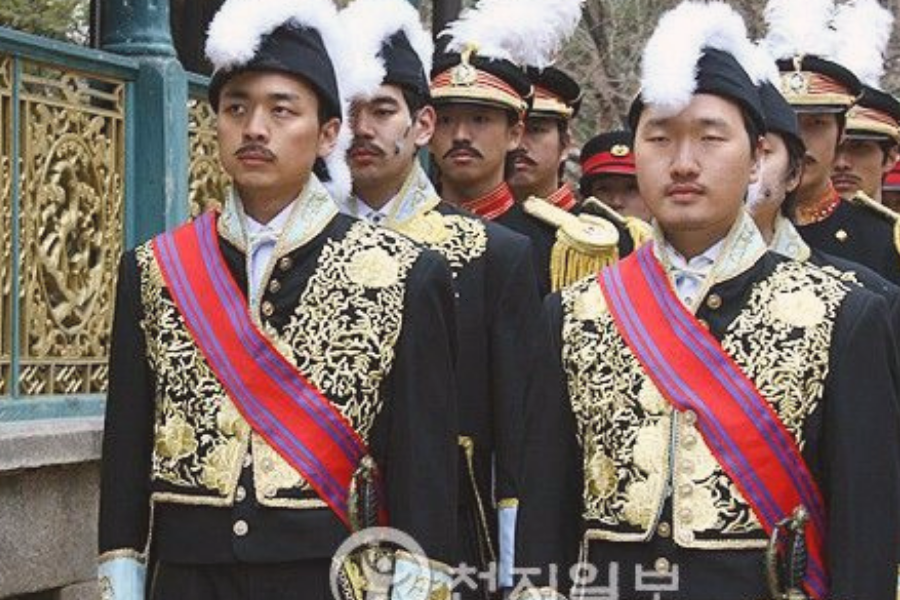
The Korean Empire succeeded the Joseon dynasty. It was officially called ‘Imperial Korea’ or ‘The Empire of Korea.’ It was established/proclaimed in October 1897 by Gojong, the last king of the Joseon dynasty. The Korean empire can be called a continuation of the Joseon dynasty because it still held almost all the attributes of the Joseon dynasty, from the monarchical system of government to the capital, the religions, education, etc. The Korean empire didn’t last long as it only lasted from October 1897 to August 1910 before the Annexation of the Korean empire by Japan about the Korea-Japan treaty that was signed during the Joseon dynasty. Japan took over the Korean peninsula and named it 朝鮮 (Chōsen) or 조선 (Choson)
Historical K-drama lovers would have seen a display of the Joseon dynasty in some dramas like Under the Queen’s Umbrella, Our blooming youth, The forbidden marriage, the secret romantic guest house etc. Though some of them were fiction and some were not, they all used a typical demonstration of what the Joseon dynasty was like
At this point, if you’ve been following our previous articles, you would have gotten to know most parts of Korean History. We still have a few journeys to make to the Colonial rule, the end of the colonial rule, and their participation in molding modern-day Korea.
T.Sapphire 💙
T. sapphire is a writer who found her love for the Hallyu wave after watching the historical drama “Jumong.” She is mainly interested in Korean dramas and the history of Korea at large. Explore her pieces as she takes you on a journey through K-Drama recommendations and keeps you informed about the history of the Korean people.
0 Comment(s)
Related Posts
Daily Newsletter
Get all the top stories from Blogs to keep track.

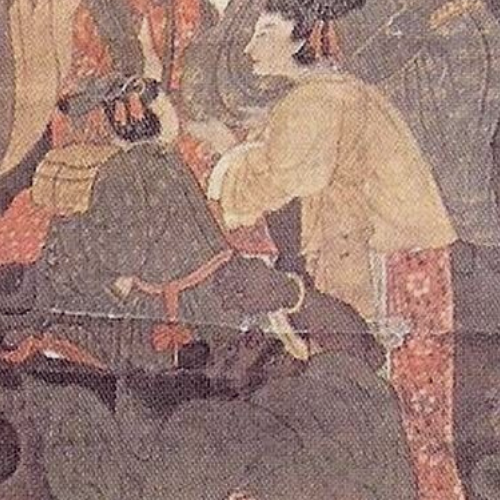
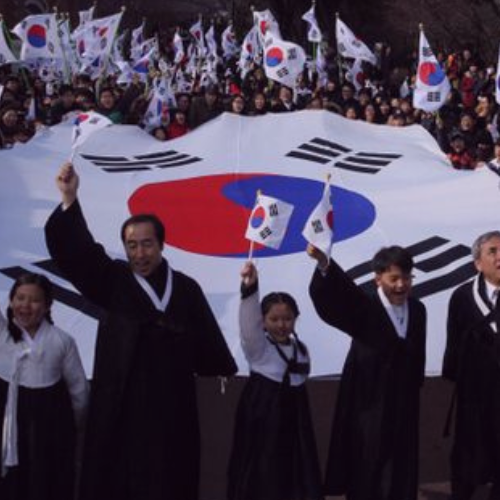


Leave a comment